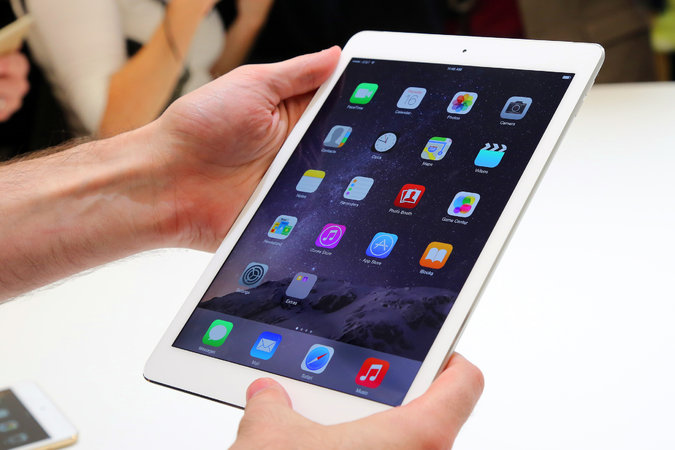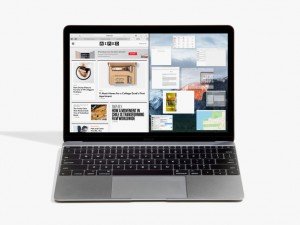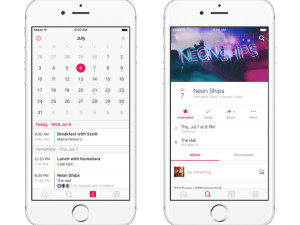
At Apple’s event in Cupertino last week, CEO Tim Cook didn’t just announce the new iPads… he also announced a groundbreaking adaptation of SIM card technology that changes the way wireless services are delivered to iPad users: The Apple SIM card.
The iPads Air 2 and the iPad Mini 3, though an improvement from their predecessors, aren’t packed with any earth-shattering changes. They’re thinner, and like the new iPhones, equipped with Apple’s Touch ID technology and some faster processors. But the real conversation point around the new iPads revolves around the unveiling of the Apple SIM card: a SIM card that is indiscriminately compatible with AT&T, Sprint and T-Mobile in the U.S. The SIM comes with the new iPad purchase, and can be activated by compatible carriers during set-up. Apple’s product website describes it like this:
“The new Apple SIM is preinstalled on iPad Air 2 with Wi-Fi + Cellular models. The Apple SIM gives you the flexibility to choose from a variety of short-term plans from select carriers in the U.S. and UK right on your iPad. So whenever you need it, you can choose the plan that works best for you — with no long-term commitments. And when you travel, you may also be able to choose a data plan from a local carrier for the duration of your trip.”
Historically, SIM cards have been provided by carriers, and are carrier-specific. Anyone who’s ever switched from one cellular plan to another understands the hassle of ensuring your smartphone is ‘unlocked’ to be used by a new carrier. And while the Apple SIM card isn’t a feature of iPhones, yet, that doesn’t mean that it couldn’t be eventually.
Right now, the flexibility of the Apple SIM card is being touted primarily as a traveler’s convenience – and rightly so, since users don’t demand as much from cellular capabilities on a tablet as they do for their smartphones. But with widespread implementation to other devices from manufacturers like Apple, or eventually even Samsung, Motorola and HTC, a universal SIM card would have real implications for how wireless services are delivered to the consumer. If this is the future of mobile – we’re definitely on board.
Take AT&T’s current iPhone 6 plans. With a 2-year contract, the iPhone 6 costs $199 for its lowest storage capacity. But if Apple rolled out the iPhone 6 with Apple SIM, users could pay the full price of $649 and subsequently shop around for the best plan that suits their needs – no binding carrier agreements need apply. This would up the ante for carriers to compete for business with cheaper, less restrictive plans.
Of course, carriers won’t favor this model and will likely reject it – as evidenced by the fact that Verizon opted out of Apple SIM compatibility, and will be selling the new iPads with its own SIM cards. Still, it will be intriguing to see how far Apple can push them. Could the Apple SIM card invite a new model for wireless services? It’s certainly plausible, but if so, we’ve still got a ways to go.





